Caitlin Clark is not only shifting the dynamics and setting new records in her basketball career, but she is also proving to be a force in the fashion world. The WNBA player recently opted for a daring outfit for her appearance at the A Year in TIME dinner in New York City.
The event, which was held at Current in Chelsea Piers, saw her wear a plunging Prada gown. The Indiana Fever Guard was just recently named TIME’s Athlete of the Year, given the 22-year-old’s triumphant career since beginning her professional debut in May.
Caitlin Clark attends the 2024 A Year In TIME dinner in a stunning black gown

On December 11, Caitlin Clark wore a custom Prada gown for her attendance at the A Year in TIME event at N.Y.C. The WNBA star raised the bar with her ensemble, which featured a plunging V-shaped neckline and a loose-fitting bodice. According to PEOPLE, the basketball player wore Prada’s Embroidered sablé mini-dress but customized it to make it a floor-length gown. While it looked simplistic from the front, the open back carried more drama.
As Caitlin Clark posed to reveal the back of the Prada gown, two silver staps with gorgeous flower embellishments ran from the shoulders to her waist. The two straps each ended with mini black bows that amped up the ensemble’s elegance. Keeping the rest of the look to a minimum worked in her favor as it only enhanced her outfit. Rightfully so, the Prada gown was worthy of that attention. She paired her dress with simplistic accessories. These included silver and black rings, bracelets, and silver stud and hoop earrings.
Clark pulled her hair back into a sleek hairstyle with a middle part. She also posed for pictures holding her TIME’s Athlete of the Year photoshoot. The photos were nothing short of phenomenal, showcasing her strength and perseverance. For this, she kept her long tresses open and flowy while wearing a Nike crop top and long pants. She completed the bold look with a basketball in her hand and Nike sneakers.
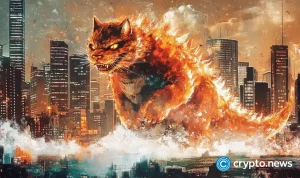







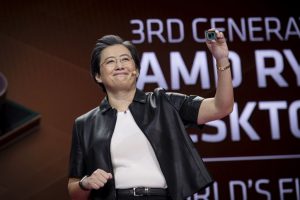










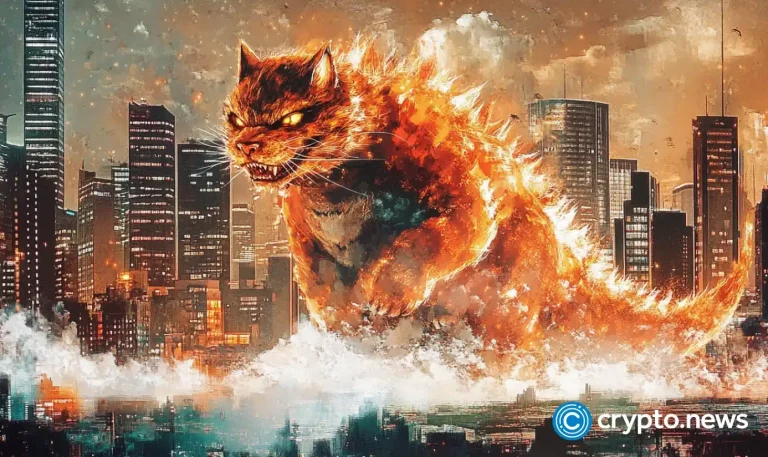

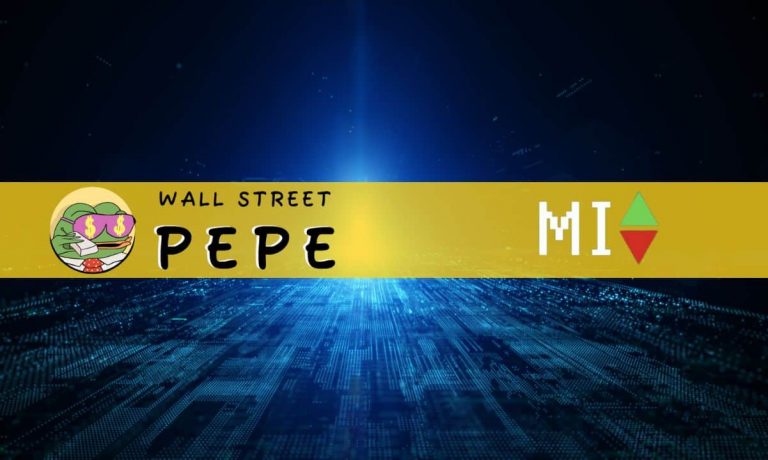


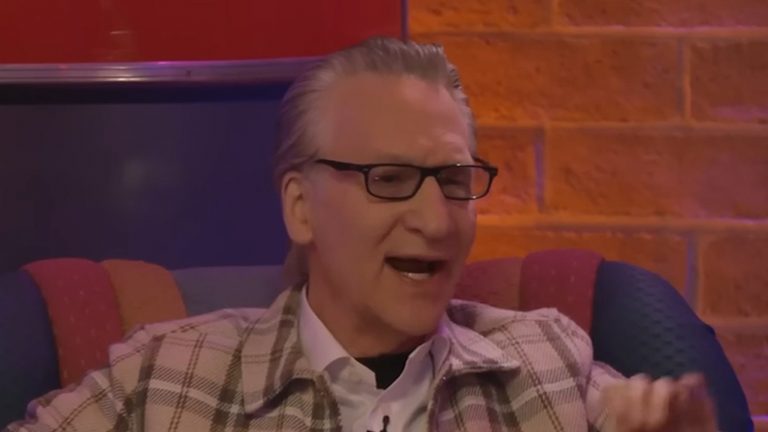




+ There are no comments
Add yours